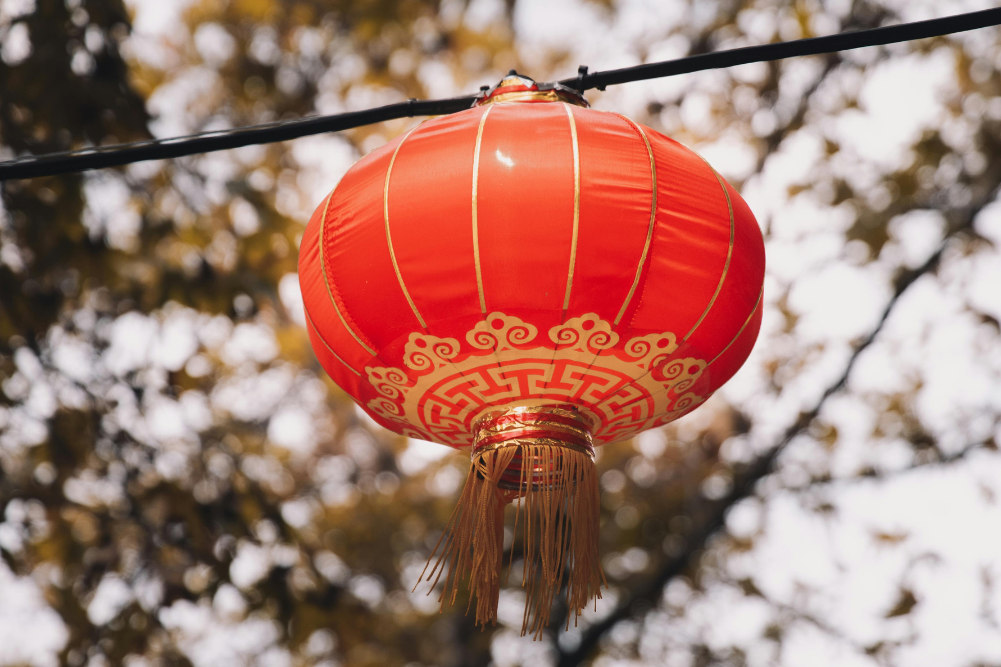Lovely leaves
As far as I know, there has never been a debate about which tree has the most glorious autumn leaves, possibly because the contenders are so ephemeral. Or maybe it’s because the yield changes every year.
My favourites are the ones that produce autumn coloured leaves even in subtropical areas, though “the colder the winter to come, the better” is the general rule for autumn glory.
Contender number one has to be the purple-leafed smoke bush. Not the wishy-washy almost-purple-leafed ones, but true Royal Purple (Cotinus ‘Royal Purple’), though any smoke bush is better than no smoke bush. The leaves of Royal Purple are spectacular in summer and even more breathtaking when topped with a spire of white flowers. Then they turn flaunting orange, tinged with red and purple, before dropping their leaves until spring, when the buds appear.
Smoke bush grow and colour in full sun or dappled shade. Feed and water liberally, as they grow slowly, but suddenly that annual doubling in size will give you a large bush or small tree, and a definite “wow” from visitors.
Gingko is my next favourite, which sensibly drops its heart-shaped leaves at any hint of drought, so you only get the glowing butter gold in a good year or if you water it regularly. The leaves are widely used in herbal medicine, but do so only with professional advice, as they can interact badly with some medications. Gingko will give you colour right up to southern Queensland, as long as the plant gets plenty of water.
Liquidambar (Liquidambar styraciflua) will stun visitors to your garden as far north as Brisbane, or in cooler, higher areas such as the Atherton Tableland. Its leaves come in shades of orange, red, yellow and a hint of purple, depending on the cultivar, soil type, amount of watering during summer and how cold it’s been the night before, but it will always be spectacular. It’s lovely, reliable and messy, one of the classic winter “get out there, rake that brown sludge of decomposing leaves” trees.
Claret ash is also one of the Great Dependables, happy in temperate climates like Sydney, but giving colour much further north. It’s often grown as a street tree. If you are looking for a trouble-free tree, choose one that lines the streets nearby. They’ll survive almost anything, except possibly being run over by a semitrailer and, even then, will probably grow back.
The one person I know who has definite ideas about trees adores Chinese pistachio (Pistacia chinensis). It provides wonderful summer shade, drops its leaves early so you get plenty of winter sunlight, is drought tolerant, grows in almost any soil and, according to my friend, is one of the best trees for kids to climb. I pruned the lower branches of ours, meaning we could mow easily underneath, so I can’t comment. The leaves are brilliant: yellow, orange, red or scarlet, depending on the cultivar, season and soil type. You may even find the Chinese pistachio down the road has quite different colours from yours, but both will be magnificent. Don’t confuse the Chinese pistachio with the Chinese tallow (Sapium sebiferum), though. It also has brilliant yellow leaves, but is classified as a weed, and for good reason, especially along rivers and creeks.
Adding crabapples here is cheating a bit. In temperate to cold climates, crabapple leaves will be butter yellow, pretty but not so spectacular that tree enthusiasts will make a special trip to see them. But the ones grown for their fruit look fabulous — yellow, purple or deep-red fruit hanging from bare branches, and equally colourful birds doing somersaults to pick the best. They are one of the hardiest, most easy-care trees suitable from cold to temperate climates.
Finally, there’s English oak. There’s a lot to dislike about English oak — they are enormous, about 20m high and very wide when fully grown, unless you buy a smaller variety. The brilliant red leaves stay until mid-winter, looking brown, waiting for a good wind to blow them into every crevice of your garden. They need full sun, prefer moist soil but survive drought when established, and do need cold nights to give a glorious colour display.
All that said, I could have put English oak first because I adore them. A small boy said to me last week: “I love that tree” pointing to a 40-year-old oak. He’d found an acorn underneath, left over from autumn, and has planted it. He checks every day to see if it’s grown. There is something solid about an English oak. They also live 200 years or more and have been named as one of the best trees to plant to soak up CO2 to combat global warming. How can you resist a tree like that?








